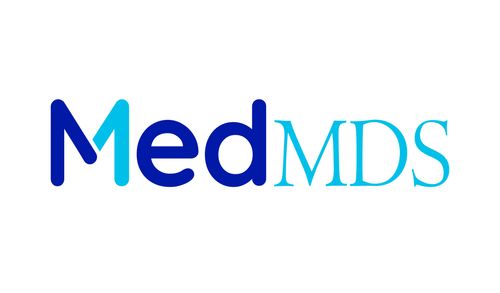The Ordeal: In November 2007, just two weeks after their birth via gestational carrier, Dennis Quaid’s newborn twins, Thomas Boone and Zoe Grace, faced a terrifying ordeal. They were accidentally administered a massive overdose of Heparin, a medication used to prevent blood clots, putting their lives in grave danger.
Heparin Explained: Heparin is a medication that works by thinning the blood, making it less likely to form clots. It is commonly used in hospitals for various purposes, such as:
- Keeping intravenous (IV) lines open: This prevents blood from clotting inside the tubing, ensuring smooth flow of fluids and medications.
- Preventing blood clots after surgery: This reduces the risk of potentially life-threatening complications.
- Treating existing blood clots: Heparin can help dissolve existing clots or prevent them from growing larger.
Types of Heparin: There are different types of Heparin, but in this case, the issue revolved around the concentration of the medication. The hospital used two types:
- Concentrated Heparin: This high-dose version comes in vials with a specific concentration, typically 10,000 units per milliliter (mL).
- Flushing Heparin: This much weaker solution, usually 10 units/mL, is used to keep IV lines clear and prevent accidental medication administration through the line.
The Chain of Errors: A series of unfortunate events led to the overdose:
- Mixing Up Vials: A pharmacy technician mistakenly placed vials of concentrated Heparin next to vials of the flushing solution, creating confusion.
- Unintentional Misuse: A nurse, likely under pressure and without proper verification, unknowingly selected a concentrated Heparin vial and administered it to the infants, mistaking it for the flushing solution.
- Double Dose: The nurse even administered the concentrated solution twice, further exacerbating the situation.
Preventing the Tragedy: As per healthcare news experts, Several measures could have prevented this incident:
- Clear Labeling and Storage: Distinctive packaging and separate storage areas for different Heparin concentrations would have minimized confusion.
- Double-Checking: Implementing a two-person verification system for high-risk medications like concentrated Heparin could have caught the error.
- Standardized Procedures: Establishing clear, standardized protocols for dispensing and administering medications, including mandatory double-checking before administration, would have strengthened safeguards.
Legal Repercussions: The Quaids, understandably distraught by the incident, filed a lawsuit against the hospital and the drug manufacturer.
Resolution: The hospital settled with the Quaids for $750,000 and acknowledged the need for stricter medication safety protocols. The lawsuit against the drug manufacturer was confidential, and no public details regarding its outcome are available.
Changes in the Wake of Tragedy: While no major changes occurred to the Heparin medication itself, the Quaid case served as a stark reminder of the potential dangers of medication errors and the need for heightened awareness and stricter regulations. It sparked discussions on improving medication safety practices in hospitals, with a focus on clear labeling, robust verification procedures, and standardized protocols for handling high-risk medications.
Lessons Learned: The Quaid twins’ story serves as a powerful reminder of the importance of continuous improvement in healthcare systems. It underscores the need for vigilance, clear communication, and open learning from such incidents to strengthen patient safety, especially for vulnerable populations like newborns.
Final Message: This story emphasizes the delicate balance between human intervention and robust safety systems in healthcare. It reminds us that even with the best intentions, mistakes can happen, and it is crucial to have safeguards in place to minimize risks and protect patients. This event serves as a crucial reminder for healthcare professionals to prioritize patient safety through clear communication, standardized procedures, and ongoing vigilance.
This blog post is written by YashaaGlobal – Healthcare SEO experts in Jacksonville, FL. If you’re a healthcare or medical professional in Jacksonville, FL then don’t hesitate to contact them if you are looking for web design, SEO, Digital Marketing or Branding services for your business.




